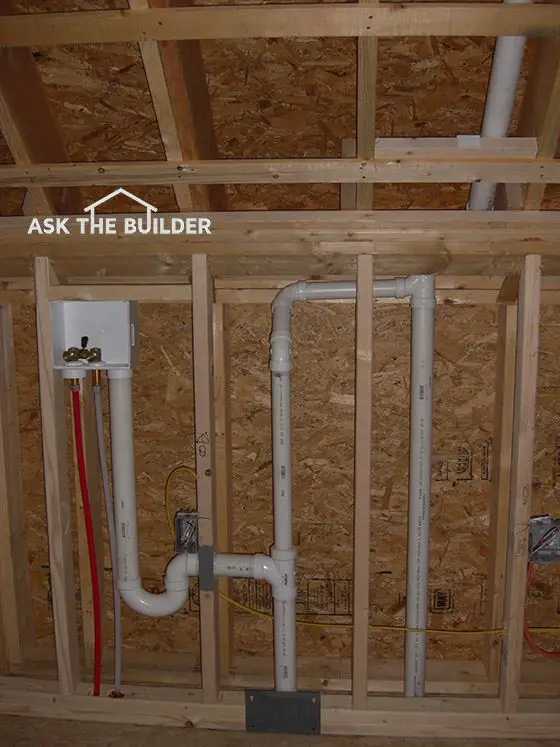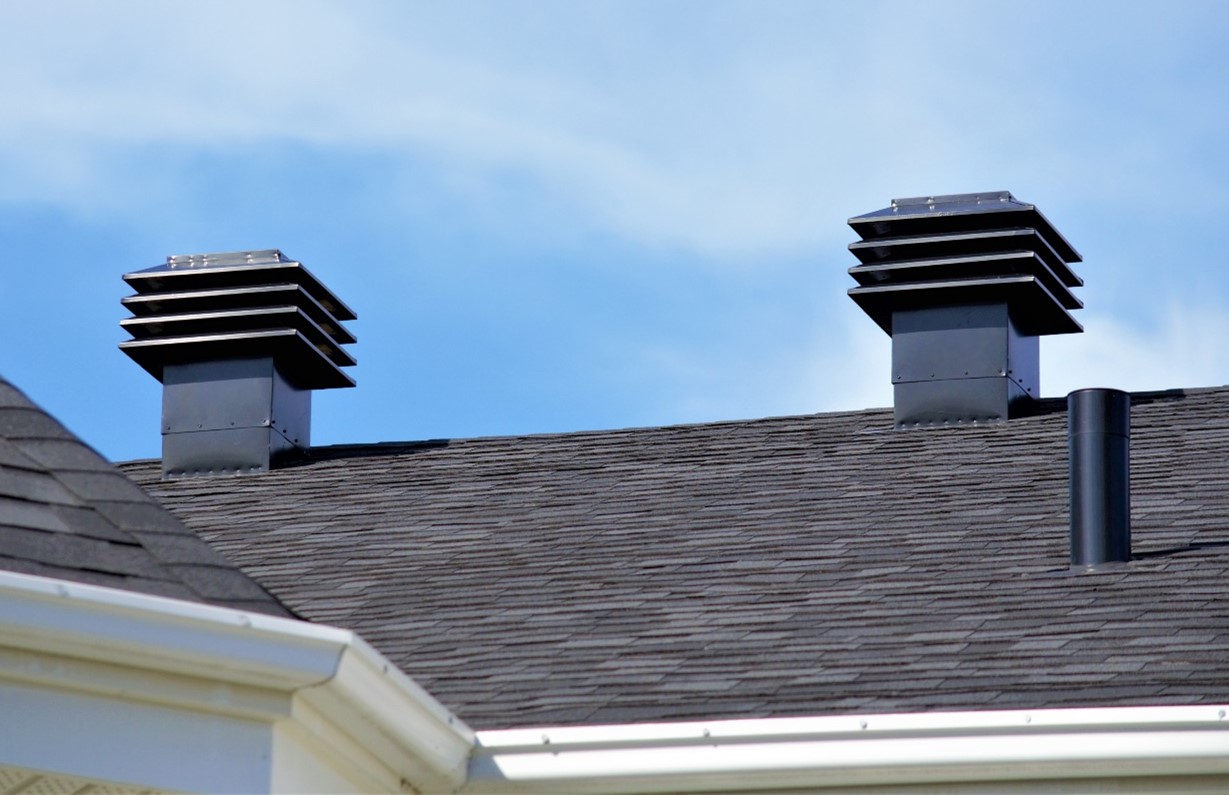Key Advantages for Proper Ventilation in Plumbing Systems
Key Advantages for Proper Ventilation in Plumbing Systems
Blog Article
How do you really feel with regards to Essential Plumbing Vent Pipes: Understanding Their Role?

Appropriate air flow in plumbing systems is frequently overlooked, yet it is vital for preserving the capability and safety of your home's plumbing. Ventilation assists regulate air pressure, avoid the buildup of unsafe gases, and guarantee the effective elimination of waste. In this overview, we will certainly explore the relevance of correct pipes air flow, just how it works, and the advantages it offers your plumbing system.
Recognizing Air Flow in Pipes
Air flow in pipes describes the network of pipelines that permit air to stream through the drain system. These vents offer multiple purposes, including regulating air pressure within the pipes, avoiding sewage system gases from going into the home, and assisting in the smooth circulation of wastewater.
Just How Air Flow Functions in Pipes Systems
Air Pressure Policy
Appropriate air flow preserves balanced air pressure within the plumbing system. When water streams with pipelines, it displaces air. Without ample air flow, this variation can develop unfavorable stress, leading to reduce drains pipes or siphoning of water from traps, which can trigger undesirable odors to permeate right into the home.
Stopping Sewage System Gas Buildup
One of the most important functions of plumbing vents is to avoid drain gases, such as methane and hydrogen sulfide, from collecting within the home. These gases can pose significant health and wellness dangers and are extremely flammable. Vent pipes allow these gases to leave securely outdoors.
Assisting in Waste Elimination
Ventilation aids in the efficient removal of wastewater by avoiding airlocks in the drainage system. When air can flow freely with the vents, it enables water and waste to flow smoothly with the pipes, decreasing the threat of obstructions and back-ups.
Types of Plumbing Vents
Main Heap Vent
The main stack air vent, additionally known as the air vent stack, is the primary air vent in a plumbing system. It prolongs from the primary drain align via the roof covering, permitting gases to get away and fresh air to go into the system.
Branch Vent
Branch vents attach to the primary stack air vent and offer private fixtures, such as sinks, toilets, and showers. These vents ensure that each fixture has adequate ventilation to function properly.
Air Admission Shutoff (AAV).
An Air Admission Valve (AAV) is a one-way shutoff that allows air to get in the plumbing system without the requirement for a conventional vent pipeline expanding via the roofing system. AAVs are generally utilized in remodellings or locations where installing a conventional air vent is impractical.
Indications of Poor Ventilation in Pipes.
Slow Draining Fixtures.
If your sinks, bathtubs, or commodes are draining slowly, maybe an indicator of poor air flow. Poor air flow can create a vacuum cleaner effect, making it difficult for water to drain correctly.
Gurgling Sounds.
Gurgling noises coming from drains pipes are usually a result of air being sucked via water catches because of unfavorable stress in the pipelines. This is a clear indicator of insufficient air flow.
Undesirable Smells.
Drain smells inside your home are a warning that your pipes system is not effectively ventilated. This could indicate that sewer gases are not being appropriately aired vent outside, resulting in potentially dangerous problems.
Common Ventilation Errors.
Inadequate Vent Sizing.
Making use of small vent pipes can cause inadequate air flow and stress imbalances in the system. It's vital to utilize vents that satisfy the particular demands of your plumbing system.
Improper Vent Placement.
Putting vents also much from the fixtures they serve can reduce their efficiency. Appropriate placement ensures that air can move easily and efficiently via the system.
Ignoring Code Needs.
Building regulations provide certain guidelines for plumbing ventilation. Neglecting these codes can cause a system that fails to operate appropriately and might lead to costly repair work or health hazards.
Advantages of Proper Air Flow.
Improved System Efficiency.
Properly aerated plumbing systems run more efficiently, with fewer clogs, faster draining pipes, and much less stress on the pipes. This effectiveness expands the life expectancy of the pipes system.
Improved Air Quality.
By stopping drain gases from entering your home, appropriate ventilation adds to much better interior air top quality, making your living environment healthier and extra comfortable.
Stopping Water Damage.
Appropriate ventilation assists avoid water from being siphoned out of traps, which can lead to sewer gases getting in the home and triggering water damages in time.
Steps to Make Sure Proper Air Flow.
Consulting Pipes Codes.
Always speak with neighborhood pipes codes when developing or modifying your pipes system. These codes supply the required guidelines for appropriate venting and ensure your system fulfills safety requirements.
Regular Assessment and Upkeep.
Routine evaluations can aid identify potential ventilation issues prior to they become significant troubles. Upkeep jobs, such as cleaning air vent pipelines and checking for clogs, are vital for maintaining the system in good working order.
Professional Installation.
For new installations or major alterations, it's smart to hire an expert plumbing technician. They have the competence to guarantee the ventilation system is appropriately developed and mounted according to code.
Final thought.
Correct air flow is an essential part of any kind of plumbing system, making certain that it works efficiently and safely. By recognizing the importance of ventilation, identifying the signs of bad air flow, and taking steps to keep your system, you can prevent pricey concerns and protect your home's air high quality.
4 Things You Should Know About Your Plumbing Vents
What Plumbing Vents Are
Also called a vent stack, a plumbing vent is a vertical pipe attached to your drain line that runs through your roof. The plumbing vent pipe, or plumbing air vent, removes gas and odors from your plumbing system and allows fresh air to enter the pipes, helping the water to flow out of the drain pipes.
What Plumbing Vents Do
Plumbing vents have two basic functions. One of which is to allow unpleasant smelling wastewater and sewer gasses to escape your plumbing system instead of entering your home. Plumbing vent pipes are typically located on roofs, away from windows, to ensure the fumes exit the home completely.
The other function of the plumbing vent is to move fresh air into your plumbing system. This helps move water through every plumbing fixture in your house, like toilets and sink drains. Think of the way in which you need to let a little air into the bottle as you pour soda in order to make the drink flow smoothly.
Different Types of Plumbing Vents
True vent: This is the most common vent option. In simplest terms, a true vent is a vertical pipe attached to your drain line that exits through the roof. They often function as the main vent that other fixtures can connect to. Re-vent pipe or auxiliary vent: Attached to the drain line near specific plumbing fixtures, re-vent pipes run up and over to connect to the main vent. Common vent: Two plumbing fixtures installed on opposite sides of a wall are typically tied into the vent stack using something known as a sanitary cross. Wet vent: This venting option operates as a drain pipe and a vent at the same time. Wet vent drainage systems drain water from one fixture while venting the air from another. Although they’ve been used for over 100 years, wet vent systems have only recently been added to the plumbing code in many areas. If you’re planning on installing one in a bathroom remodel, make sure you check your local code prior to construction. Loop vent: For free-standing fixtures like kitchen island sinks, loop vents are ideal. These vent pipes run under the floor, rise from the P-trap, and create a loop inside the cabinet sink. Air admittance valve: An AAV is a one-way mechanical valve typically installed at the site of the plumbing fixture. AAVs allow venting to occur without having to tie into a larger venting system. They’re ideal for venting fixtures where you aren’t able to easily connect to an existing vent system. Common Plumbing Vent Issues
Although vent pipes typically don’t have water flowing through them, they’re still subject to many typical plumbing issues. For example, clogs are one of the most common problems associated with sewer vent pipes. If your vent pipe gets clogged, all of your plumbing fixtures tied into the vent stack will be affected.
A sink with a slow drain that bubbles and gurgles or a strong sewage smell around your toilet are both indicators that your toilet vent pipe is clogged. Because most vent pipes exit through the roof, old leaves, twigs or even a bird’s nest could be clogging the pipe.
Clogs in your vent pipe system cause a buildup of negative pressure, meaning that water won’t be able to flow out of your home very well. It’s similar to putting your finger over the opening of a straw to trap water inside. When you remove your finger, the water is able to flow out of the straw.
If you suspect you have any blockage in your vent, make sure you have a professional come examine the situation. Left unchecked, a blocked air vent can lead to other costly repairs, like leaks and sediment buildup.
Under Pressure
Pipe vents are essential aspects of a home’s plumbing system. Owning a home means learning about all sorts of things you never put much thought into before. But by understanding as much as you can about the important systems of your home, you can keep those budgets intact and those anxiety levels low.
https://www.homeserve.com/en-us/blog/home-improvement/plumbing-vents/

Do you really like reading up on Why Plumbing Air Vents Are Important? Write a comment down the page. We'd be delighted to listen to your responses about this write up. We are looking forward that you visit us again before long. Sharing is caring. Helping others is fun. We take joy in reading our article about Why Plumbing Air Vents Are Important.
Call Today Report this page